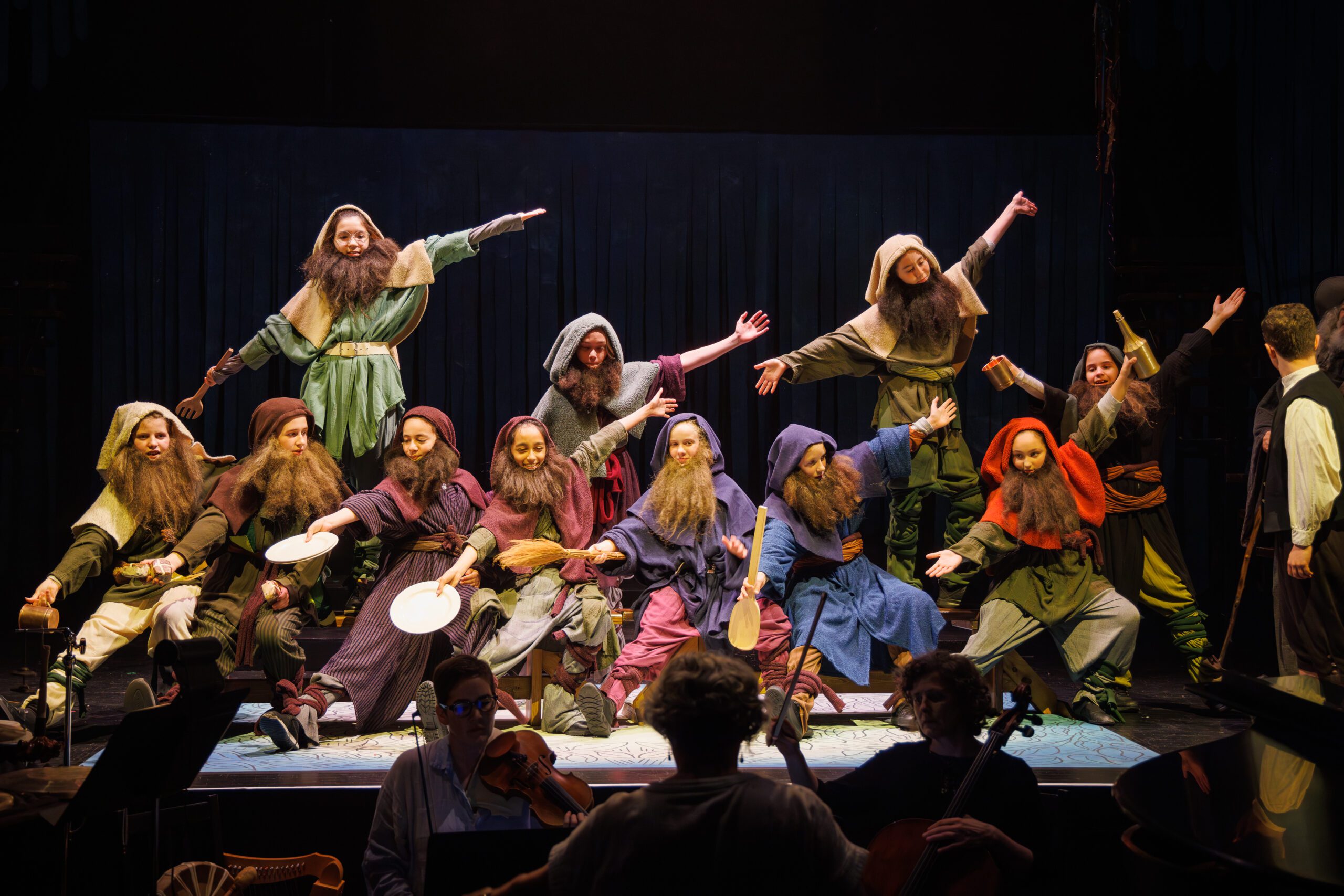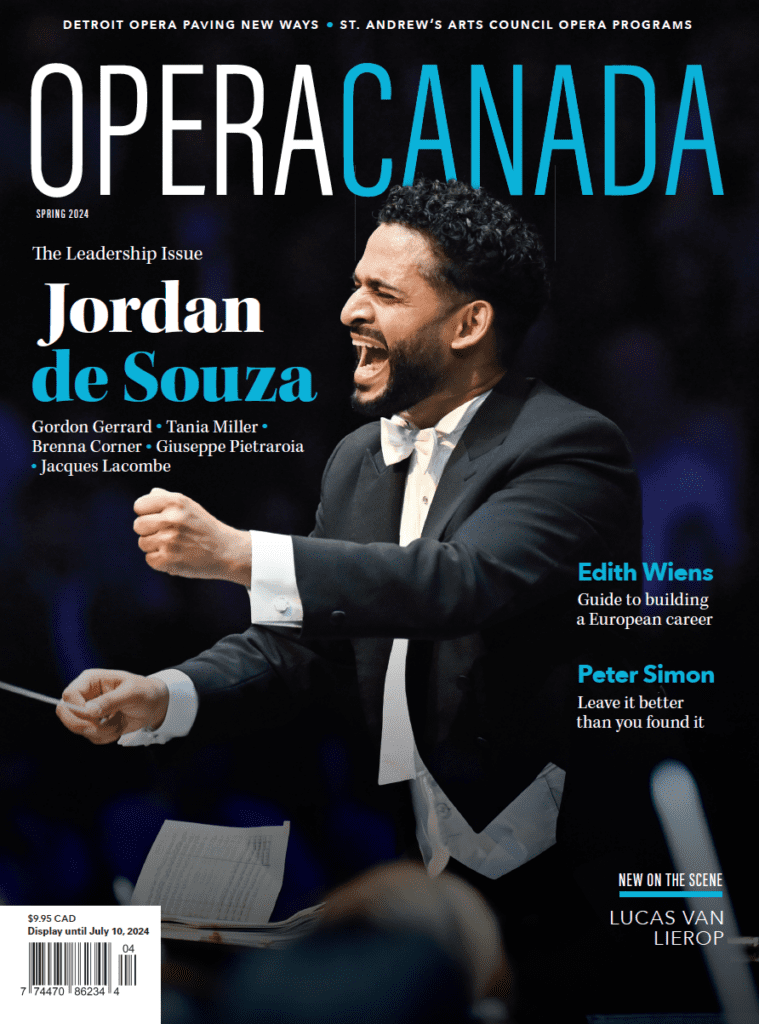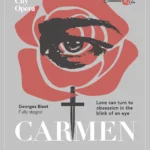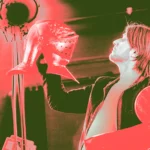From May 31st to June 2nd, The Canadian Children’s Opera Company (CCOC) presented four performances of Dean Burry’s The Hobbit at Harbourfront Centre Theatre in Toronto. Twenty years ago, the former Artistic Director of the CCOC, Ann Cooper-Gay, commissioned this work. Since then, this critically acclaimed work has been performed across Canada, the United States, and in Slovenia, and will be touring elsewhere in the United States this year. It was the first opera in the world based upon J.R. Tolkein’s masterpiece, and this was the year to bring it home once again.
As a ten year old, composer Burry received a copy of The Hobbit which fueled his fascination with Greek and Egyptian mythology, mediaeval warfare, dragons, and giants. It is no wonder that as an adult, Burry was excited to pass this tale onto another generation. Tolkein’s Hobbit is set in Middle-earth and follows home-loving Bilbo Baggins, the hobbit of the title, who joins the wizard Gandalf and the thirteen dwarves of Thorin’s Company, on a quest to reclaim the dwarves’ home and treasure from the dragon Smaug. But how does one condense a monumental 95,022 word novel into an eighty minute musical work for children? If you were lucky enough to attend one of the sold out performances, you would have seen how Burry accomplished this creative condensed dialogue interspersed with beautiful melodies.
The music ranged from the Russian folk song quality of the Dwarvish stirring anthem “Far Over the Misty Mountains”, to the Rivendell Elves singing a song reminiscent of French madrigals, to the goblin’s Germanic inspired dissonant “Fifteen birds in five fir trees”, to other tunes reminiscent of Burry’s roots in Newfoundland. These pieces were sung by the CCOC’s different age level cohorts. Never did the children’s voices sound strained or harsh, and their diction was outstanding; bravi to all the adult coaches who encouraged proper vocal technique while also emotionally communicating Burry’s imaginative words and tunes.
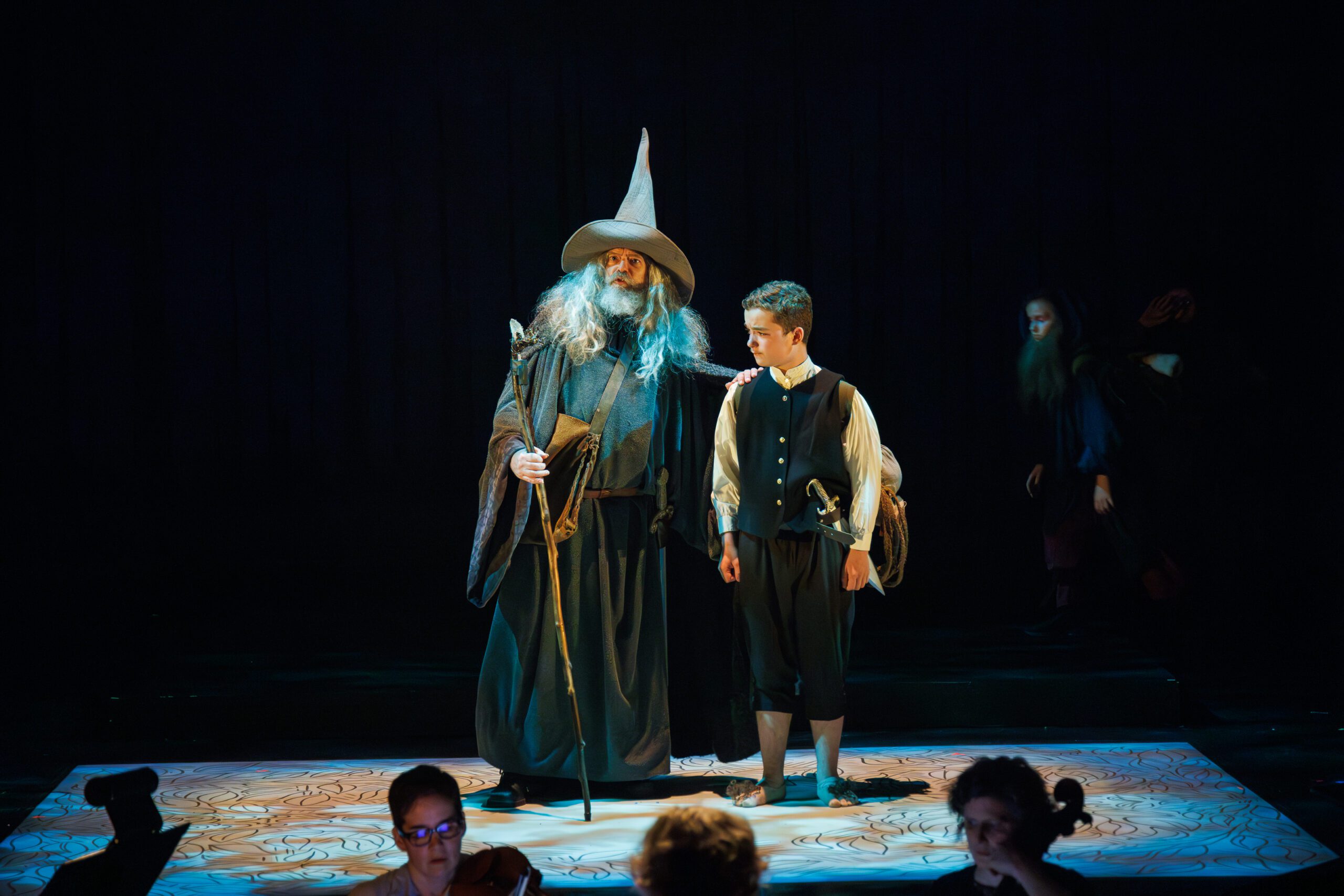
Photo Credit: Sam Javanrouh-Givi
Under Teri Dunn’s baton, the choruses and instrumentalists sailed through the varying tempos and keys which turned on a dime as twelve different scenes transformed onstage. The four piece orchestra had their work cut out for them; Kathleen Kajioka (violin), Rebecca Morton (cello), Claire Harris (piano), and Hoi Tong Keung (percussion) should all be commended for their superlative accompaniment. Julia Tribe’s original sets and costumes from the 2004 production were lovingly refurbished and were enhanced by Andre Du Toit’s elegant lighting design. Creative masks, puppets, clothing, and backdrops were accented with colours and textures which evoked a Celtic and mythological setting. Elves, dwarves, goblins, spiders, hobbit children, puppets, and wargs wore delightful costumes which created a mysterious world, yet also kept the busy singers and actors free for extensive movement. And movement there was. Whether it was a charging army of dwarves or a wriggling group of spiders, ensembles entered en masse with confidence under the brilliant director and choreographer, Allison Grant. Congratulations to Grant and her team of assistant directors and stage managers who managed to navigate ninety-six performers from ages seven to seventeen without total chaos erupting.
All the leads were strong. Leo Kemeny-Wodlinger not only looked like a mini Martin Freeman, but he also had the vocal and acting chops for the lead role of Bilbo Baggins. His wide-eyed naivete was the embodiment of the innocent hobbit. The Elf Maidens (Derin Su Fireat, Elena Warkentin, Katie Lair, Alice Malakhov, Julia Luko dos Santos, Daisy Cardich) were a cohesive acting and vocal unit, effectively moving the plot along with their graceful movements and tight harmony. Frida Frederiksen-Marsiaj was a suitably creepy Gollum, Emma Moreau was a skilled orator and puppeteer in the role of Old Bilbo Baggins, and Lilia Javanrouh-Givig was a magnificently bearded Thorin Oakenshield. Bravi to all the other Chief Goblins, Spider Lords and Leads, Kings and Leads of Wood Elves, Bards, Masters, Golgs, Bolgs, and Henchman. And finally, kudos to the sole adult performer, Doug MacNaughton. His rich baritone voice was well suited to a powerful and wise wizard, and his role as a puppeteer and voice for the dragon Smaug was delightfully frightening. He neither overpowered nor overshadowed his lilliputian cast members, and he was clearly enjoying every second with them.
Outside by the stage door at the end of the opera, I was amazed by the sheer number and small stature of the CCOC. Some were laughing and shouting, one particularly exhausted tiny girl was in tears, and many were scanning the crowd for their parents or texting them to pick them up. Despite the ten year age span, all of the chorus members had one thing in common: they had just collaborated, created, and connected with each other. Most remarkable of all is the fact that none of them were alive in 2004 when Burry’s work originally premiered. As long as imagination and creativity are alive, The Hobbit will continue to entertain and inspire the child in all of us for generations to come.
Related Content ↘
Opera Canada depends on the generous contributions of its supporters to bring readers outstanding, in-depth coverage of opera in Canada and beyond. Please consider subscribing or donating today.
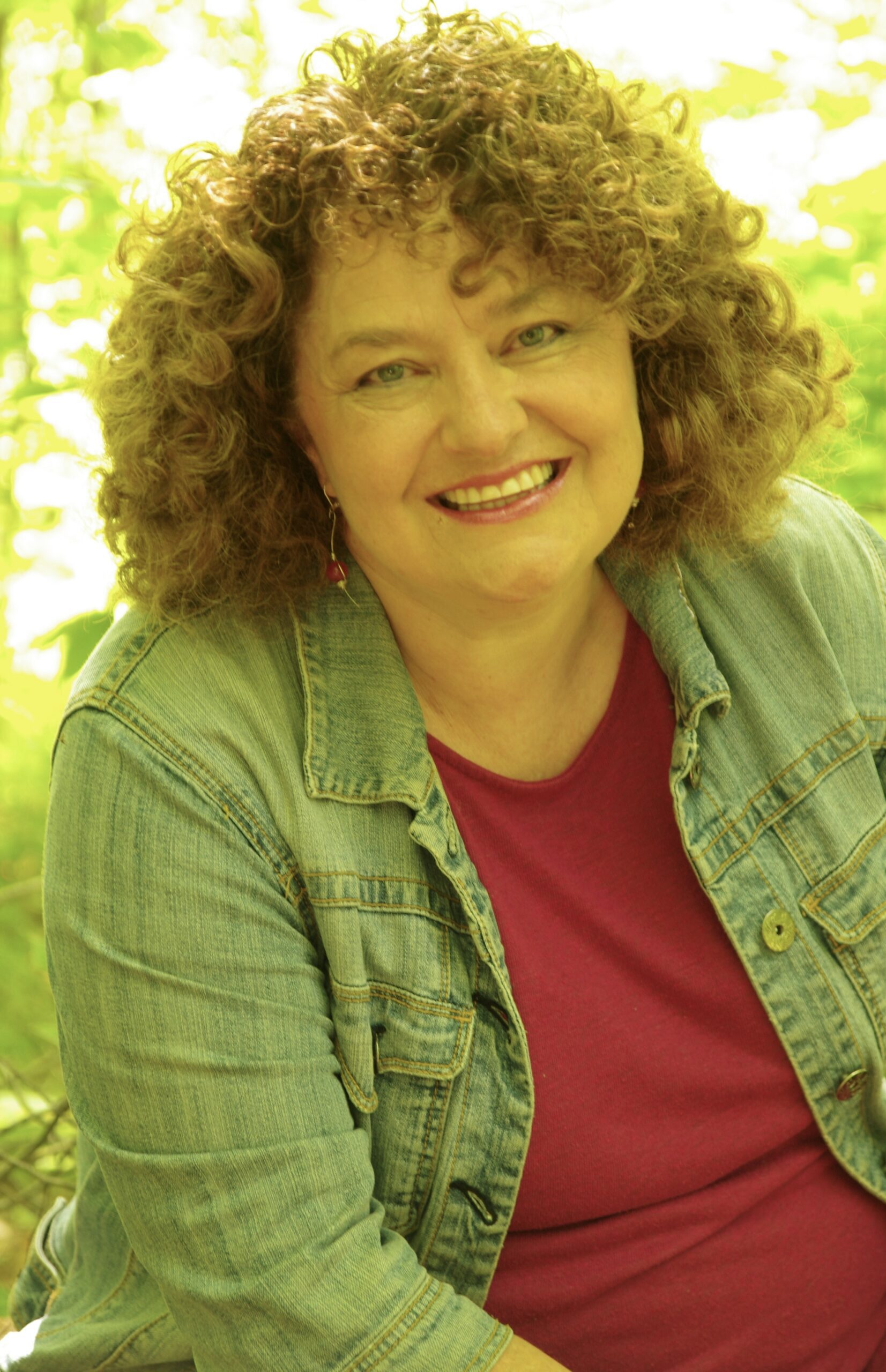
Dawn Martens received a 2010 Ruby Award for opera education, as well as a 2020 Governor General’s History Award for Excellence in Teaching for an online children’s production of Brundibar. A writer for Opera Canada for over 20 years, she is currently the host of Opera Night in Canada on 100.9 Canoe FM.

